42 reading labels for sugar
How to Read Food Labels Without Being Tricked - Healthline Other added sugars: barley malt, molasses, cane juice crystals, lactose, corn sweetener, crystalline fructose, dextran, malt powder, ethyl maltol, fructose, fruit juice concentrate, galactose,... Changes to the Nutrition Facts Label | FDA - U.S. Food and ... Mar 07, 2022 · Manufacturers with $10 million or more in annual sales were required to update their labels by January 1, 2020; manufacturers with less than $10 million in annual food sales were required to ...
Reading food labels: Tips if you have diabetes - Mayo Clinic Look for foods with 3 or more grams of fiber. Put sugar-free products in their place Sugar-free doesn't mean carbohydrate-free. Sugar-free foods may play a role in your diabetes diet, but remember that it's equally important to consider carbohydrates as well. A sugar-free label means that one serving has less than 0.5 grams of sugar.
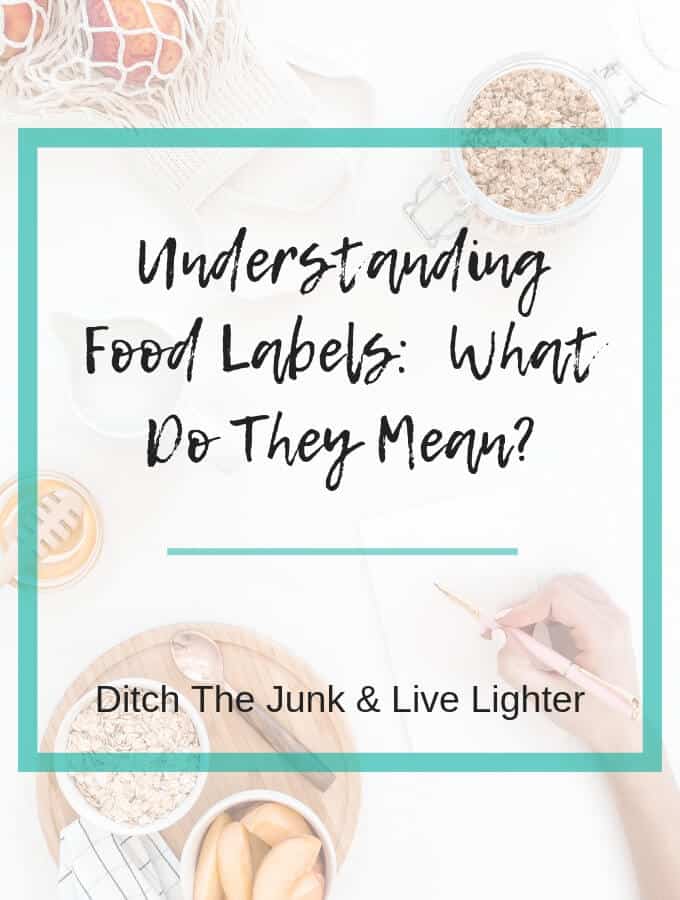
Reading labels for sugar
Reading Food Labels When You Have Diabetes - WebMD Being able to read and understand food and nutrition labels is essential, especially for those with diabetes. ... At least 25% less fat or sugar than the regular product. Cholesterol free: Less ... Food labels - NHS These labels provide information on the number of grams of fat, saturated fat, sugars and salt, and the amount of energy (in kJ and kcal) in a serving or portion of the food. But be aware that the manufacturer's idea of a portion may be different from yours. Some front-of-pack nutrition labels also provide information about reference intakes. Understanding sugar content on food labels - Diabetes Care Community Reading the ingredient lists and nutrition facts tables on packaged foods is a helpful way for you to check what kind, and how much, sugar a product has. Finding sugar content in the ingredients list The ingredients are listed in order of weight, beginning with the ingredient that weighs the most and ending with the ingredient that weighs the ...
Reading labels for sugar. Look Closely: Reading Labels to Locate Hidden Sugar Locating Hidden Sugar | Avoiding the "-ose" Sugar can be hard to detect even when reading food labels because it appears under a variety of names. These include high-fructose corn syrup, sucrose, glucose, maltose, dextrose, lactose, corn syrup, barley malt, maple sugar, sucanat, natural cane sugar, fruit juice concentrate or dehydrated cane juice. Reading Labels: Sugar Where it Doesn't Belong - EthicalFoods.com You may think you know how much sugar you are eating, but if you buy ready made foods, even in so called health-food stores, you may be consuming more sugar than you ever imagined. ... Read labels. Every label. You may think you are completely safe buying a simple thing like broth, especially when it has that compelling Organic label on it. How To Read Food labels for Sugar | My Sugar Free Kitchen On the label check the sugars in the nutrition panel. 5g/ml or less of sugar per 100g/ml = this would count as low sugar content. It means 5% of the ingredients are sugar Between 5g/ml and 20g/ml of sugar per 100 grams = medium sugar content. With 20ml of sugar per 100 ml, this means the product is 20% sugar…not so good. How to Read Nutrition Labels for Sugar - hekagoodfoods The number of grams of sugar. Keep in mind, one gram of sugar is roughly equivalent to 1/4 teaspoon of sugar. A percentage indicating how much of your recommended daily intake the item contains. While this is helpful to reference, the FDA recommends natural and added sugars account for no more than 10% of your daily caloric intake.
How to Read a Food Label to Make Sure It's Keto in 3 Easy Steps Step 1. Read the Ingredient List. Food manufacturers are required by the FDA to list ingredients in order of predominance by weight. The ingredient that weighs the most is listed first, and the ingredient that weighs the least is listed last. So stay away from foods where sugar or starch is listed as one of its first 5 ingredients. Misleading Nutrition and Food Labels - Health Jun 07, 2012 · These products often contain sugar alcohols, which are lower in calories (roughly 2 calories per gram, compared to 4 per gram for sugar), but compare labels to see if the sugar-free version is any ... How To Read Food and Beverage Labels | National Institute on ... Be on the lookout for terms that indicate added sugar, such as brown sugar, corn sweetener, corn syrup, dextrose, fructose, and high-fructose corn syrup. Artificial sweeteners such as sucralose, saccharin, aspartame, and acesulfame should also be consumed in moderation. Light, low-calorie, organic labeling — what do these mean? Understanding food labels | Diabetes UK Follow these tips to become expert at understanding labels in minutes: With traffic light labels, go for green, occasionally amber, and red only as a treat. Reference intake (RI) percentages are given per portion, and indicate how much the portion contributes to the amount of calories, fat, sugars and salt an average adult should have each day.
How to read labels for added sugar - That Sugar Movement For example, a 375ml can of Coca-Cola is about 40g of sugar. Dividing that by 4 means there are 10 teaspoons of added sugar in the one can. As mentioned above, we want to aim for limiting intake of added sugar 6 teaspoons per day. That is 25g and is recommended by the WHOfor optimal health. Happy label reading! By Angela Johnson (BHSc Nut Med) How to Read a Label - Natural Sugar versus Added Sugar Food labels lump together all forms of sugar under Carbohydrates. There are two forms of sugar in the food we eat. There is *natural sugar* in fruits and even vegetables called fructose and in dairy products called lactose - then there are ADDED sugars - white, brown or powdered sugar as well as high fructose corn syrup, maple syrup or honey in ... Are You Confused? How to Read Sugar Labels - Thin Strong Healthy Start dividing those grams of sugar by 4 to give you the teaspoons in a serving. Then look at the serving to see what a realistic amount would be for an actually serving. Learn to read sugar labels. They think you don't know what they're doing. Now you do. Take back your health, and don't let big food win! Reading Food Labels | ADA - American Diabetes Association Put food labels to work. The Nutrition Facts labels on foods are really the key to making the best choices. We'll cover the basics so that these labels make shopping easier for you. You've heard it all. From carb-free to low-carb, to whole and empty carbs, it's hard to know what it all means. Blood sugar highs and lows aren't always ...
How to Read Food Labels When You Are Diabetic - Diabetics Weekly Study the Carbohydrate Content in Detail. This is the most important aspect of how to read food labels when you have diabetes. The total amount of carbohydrates breaks down into complex carbohydrates, sugar, and fiber. Don't hone in on zero-sugar foods, as foods like milk and fruit contain natural sugars. By the same token, make sure to watch ...
Blood Sugar Levels Chart & Ranges (Low, Normal & High) Blood sugar level is read in mmol/L, which stands for millimoles per liter. Here is a guide as to what an ideal reading is for each diabetic type and non-diabetic patients: It is advised to check it regularly if you are concerned, show regular symptoms or have diabetes.
LABEL READING: CARBOHYDRATES AND SUGARS — Theresa Wright — Renaissance ... If there were sugar names in the ingredient list, then be very suspicious of what is on the label. The label may list as many as six items: Total Carbohydrate Dietary Fiber Soluble fiber Sugars Sugar alcohols Other Carbohydrates Some manufacturers voluntarily include the subcategories of sugar alcohol and "other carbohydrates." Others do not.
Learning To Read Labels :: Diabetes Education Online On a nutrition food label, subtract the fiber from the total carbohydrate amount. When you read food labels, the grams of sugar are already included in the total carbohydrate amount, so you do not need to count this sugar amount separately. The grams of sugar listed include both natural sugars, from fruit or milk, and added sugars.
Food Labels | CDC - Centers for Disease Control and Prevention All the numbers on this label are for a 2/3-cup serving. This package has 8 servings. If you eat the whole thing, you are eating 8 times the amount of calories, carbs, fat, etc., shown on the label. Total Carbohydrate shows you types of carbs in the food, including sugar and fiber. Choose foods with more fiber, vitamins, and minerals.
Decoding Diabetes: How to Read Nutrition Labels | Accu-Chek Nutrition labels are typically made based on the assumption that you have a daily diet of 2,000 calories (kilocalories). Some labels will have a footnote that expand on this concept, providing numbers for both 2,000 and 2,500-calorie (kilocalorie) diets. In between the line on a nutritional label for calories (kilocalories) and the footnote at ...
Nutrition Advocates Urge Front-of-Package Labels Highlighting ... Sep 06, 2022 · The advocates want a more condensed label on the front of packaged-food items that would flag certain health risks, such as high sugar or saturated-fat content. Industry groups say existing labels ...
How to Understand and Use the Nutrition Facts Label | FDA Understand Nutrient Content Claims: Use %DV to help distinguish one claim from another, such as "light," "low," and "reduced.". Simply compare %DVs in each food product to see which one ...
Sugar substitutes: Health controversy over perceived benefits The sugar substitutes are thoroughly investigated for safety with hundreds of scientific studies and then approved by different regulatory authorities like the U.S. FDA, JECFA and FSANZ. Some agents are approved with warning labels too. So further exploration is required with well-designed large-scale studies in the general population.
Reading Food Labels: Sugar | Amy Savage Nutrition Reading Labels: Sugar. Interpreting food labels can be tricky and confusing, so I wanted to share some everyday basics that you can use to identify sugar content in pre-packaged and processed foods when you are food shopping or buying snacks. TIP to remember: Every 4.5g of sugar is equal to 1 teaspoon of sugar ...
How to Read Labels for Added Sugar | Naturally Savvy The American Heart Association (AHA) recommends no more than 100 calories (about 6 teaspoons or 24 grams) of added sugar daily for women and no more than 150 calories (about 9 teaspoons or 36 grams) of added sugar daily for men.
Added Sugars on the New Nutrition Facts Label | FDA Let the Nutrition Facts Label Be Your Guide The new Nutrition Facts label can help you compare and choose foods that are lower in added sugars. Check the label to see if foods are LOW or HIGH in...
Reading labels | Diabetes UK Always look at the 'total carbohydrate' on the label when carb counting. This will make sure you are counting both the complex (starchy) and simple (sugary) carbs in your food. Both will raise your blood glucose (blood sugar) levels, and need to be matched with insulin.
ebook - Wikipedia An ebook (short for electronic book), also known as an e-book or eBook, is a book publication made available in digital form, consisting of text, images, or both, readable on the flat-panel display of computers or other electronic devices.
Sugars on food labels - Sugar Nutrition Resource Centre The Nutrient Information Panel on the back of the pack, shows detailed information on the average amount of energy, protein, fat, saturated fat, carbohydrate, sugars and sodium (a component of salt) in the food, as well as any other claim that requires nutrition information. It shows this information in a serve and also in 100ml (liquid) or 100 ...
Understanding sugar content on food labels - Diabetes Care Community Reading the ingredient lists and nutrition facts tables on packaged foods is a helpful way for you to check what kind, and how much, sugar a product has. Finding sugar content in the ingredients list The ingredients are listed in order of weight, beginning with the ingredient that weighs the most and ending with the ingredient that weighs the ...
Food labels - NHS These labels provide information on the number of grams of fat, saturated fat, sugars and salt, and the amount of energy (in kJ and kcal) in a serving or portion of the food. But be aware that the manufacturer's idea of a portion may be different from yours. Some front-of-pack nutrition labels also provide information about reference intakes.
Reading Food Labels When You Have Diabetes - WebMD Being able to read and understand food and nutrition labels is essential, especially for those with diabetes. ... At least 25% less fat or sugar than the regular product. Cholesterol free: Less ...
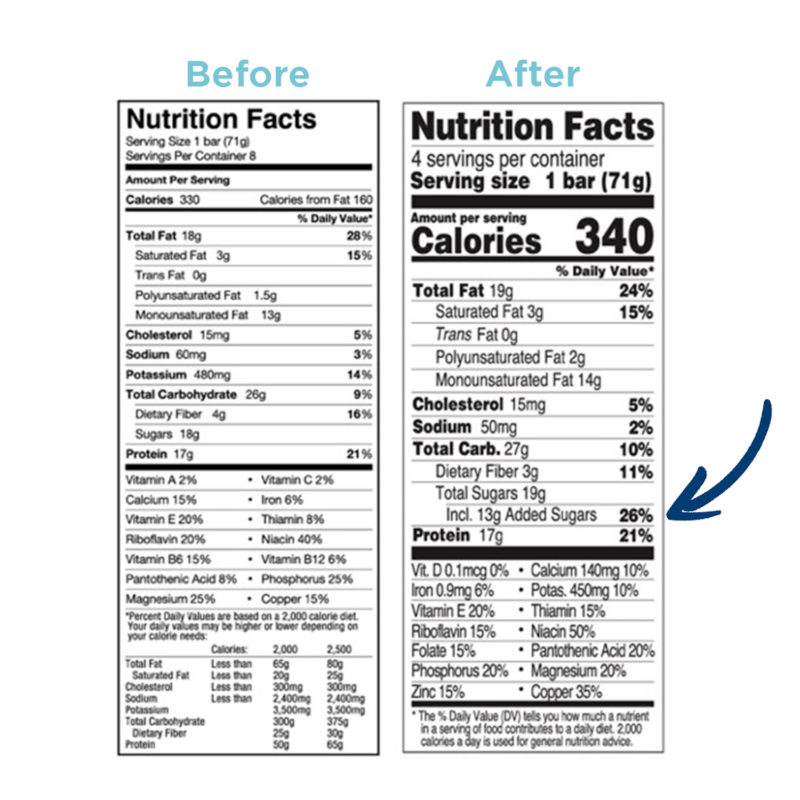

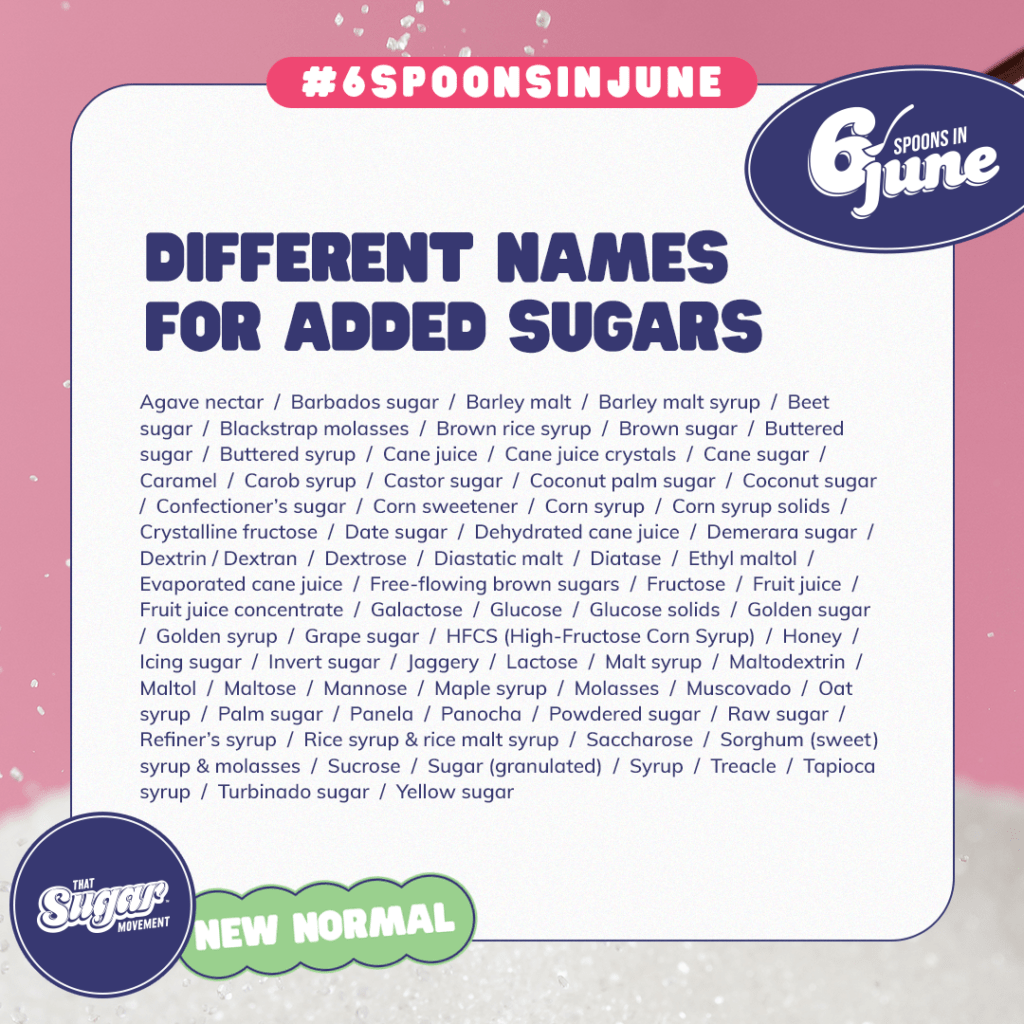
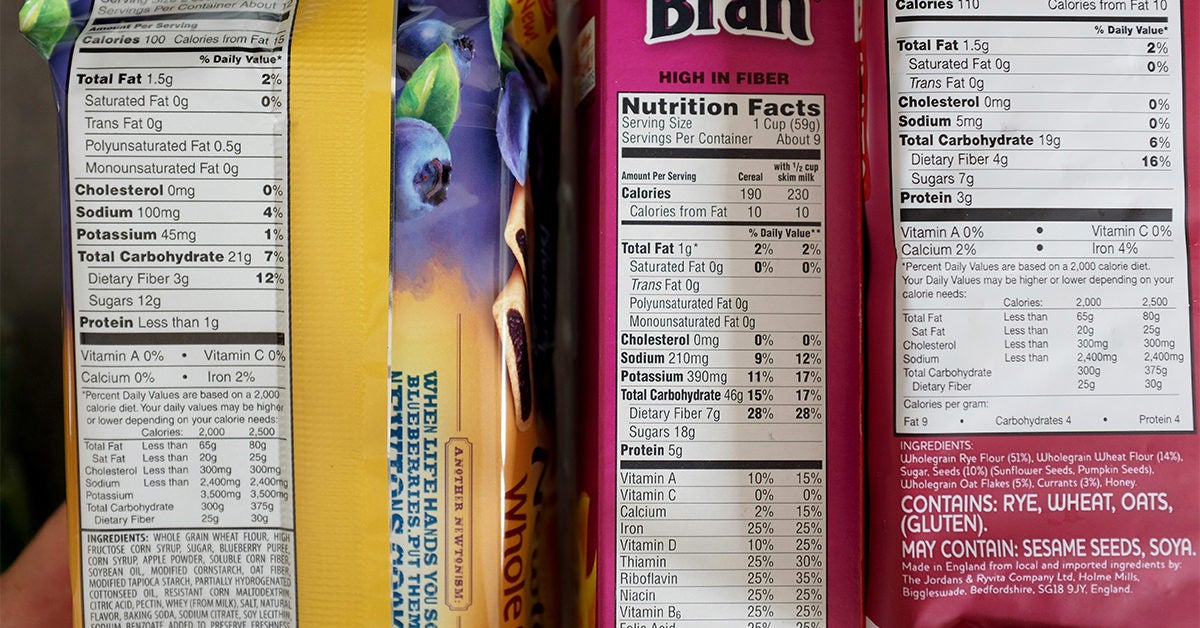





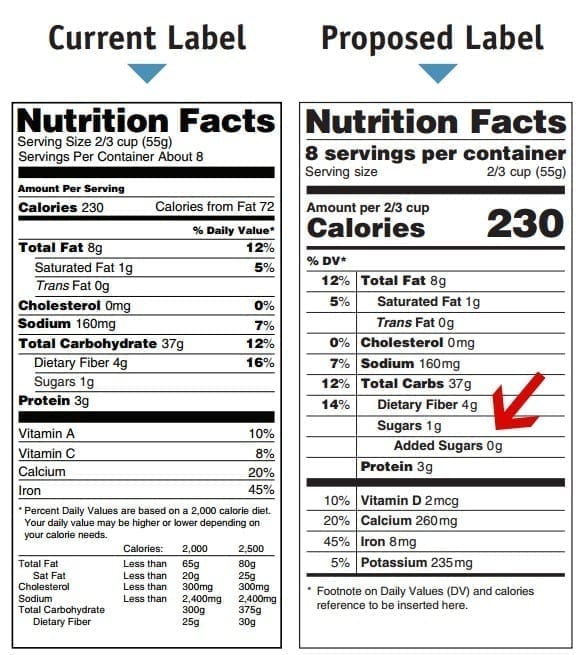
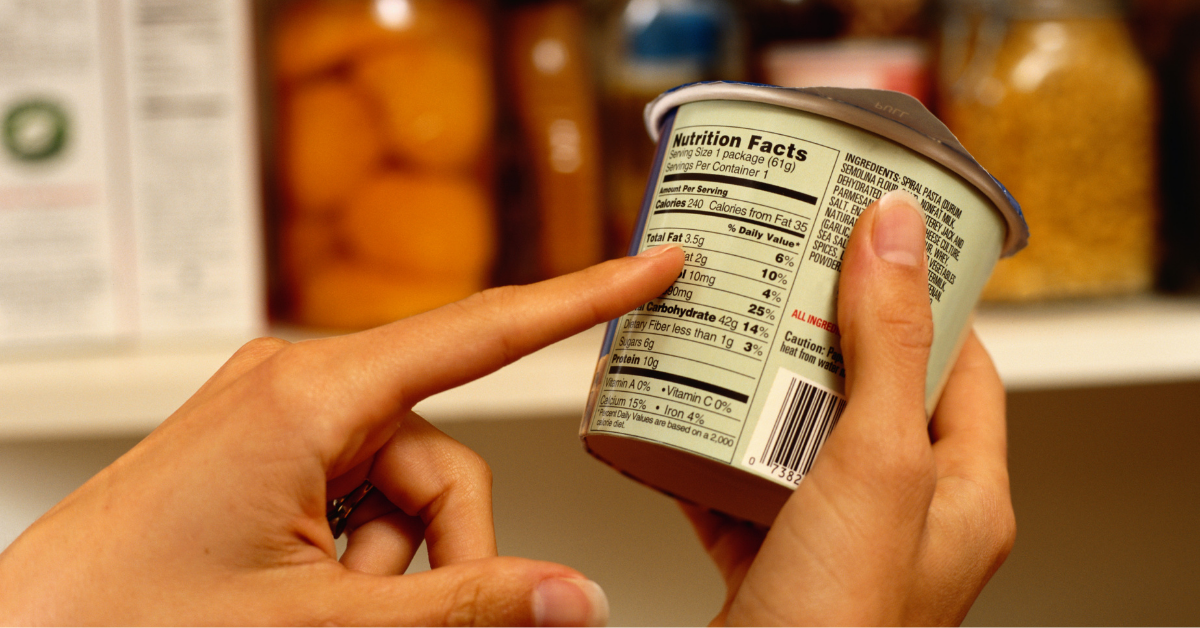
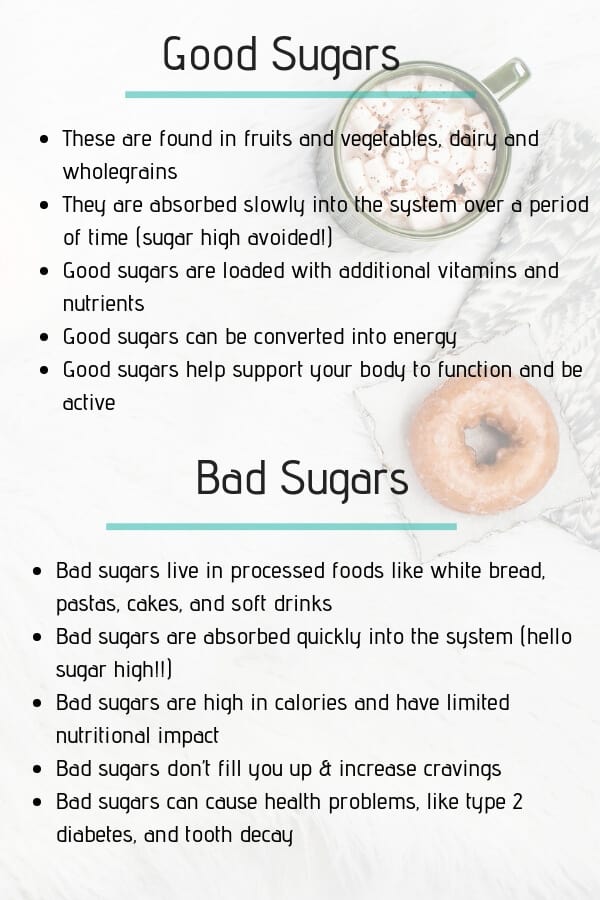




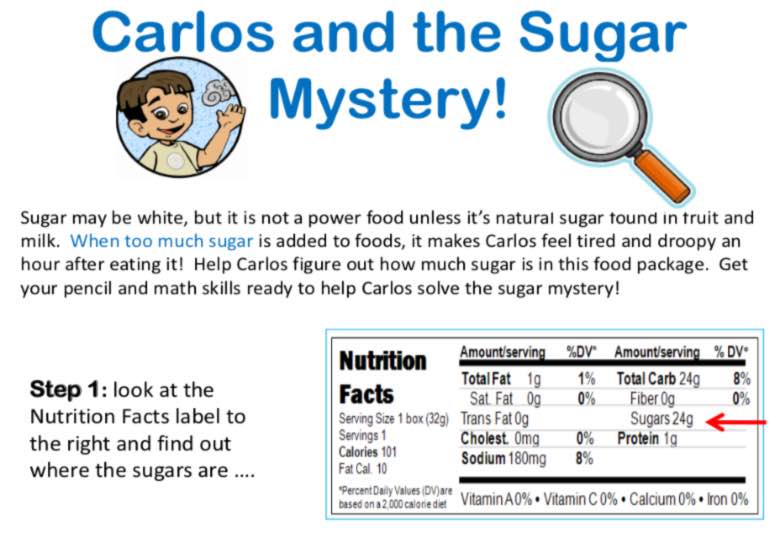
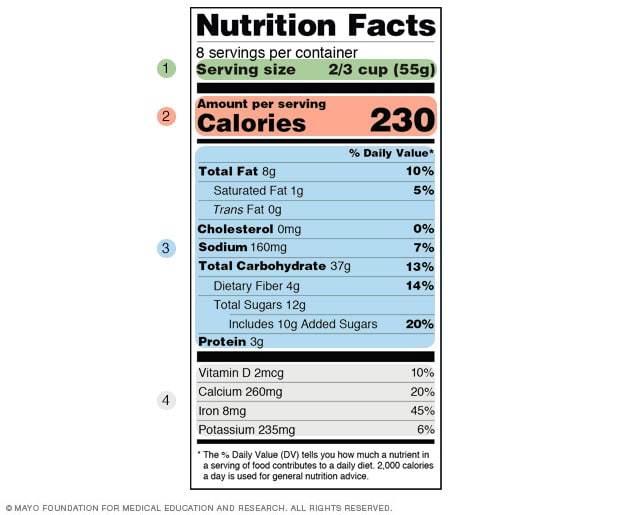
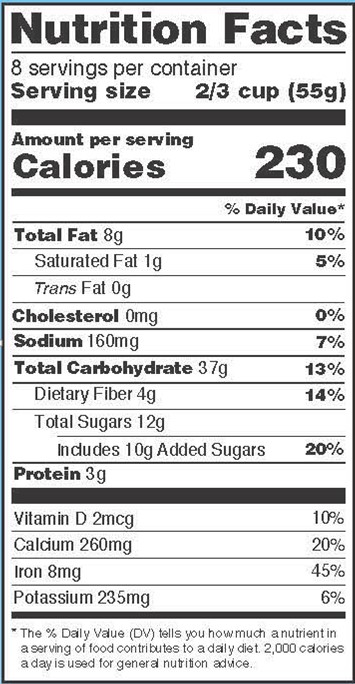



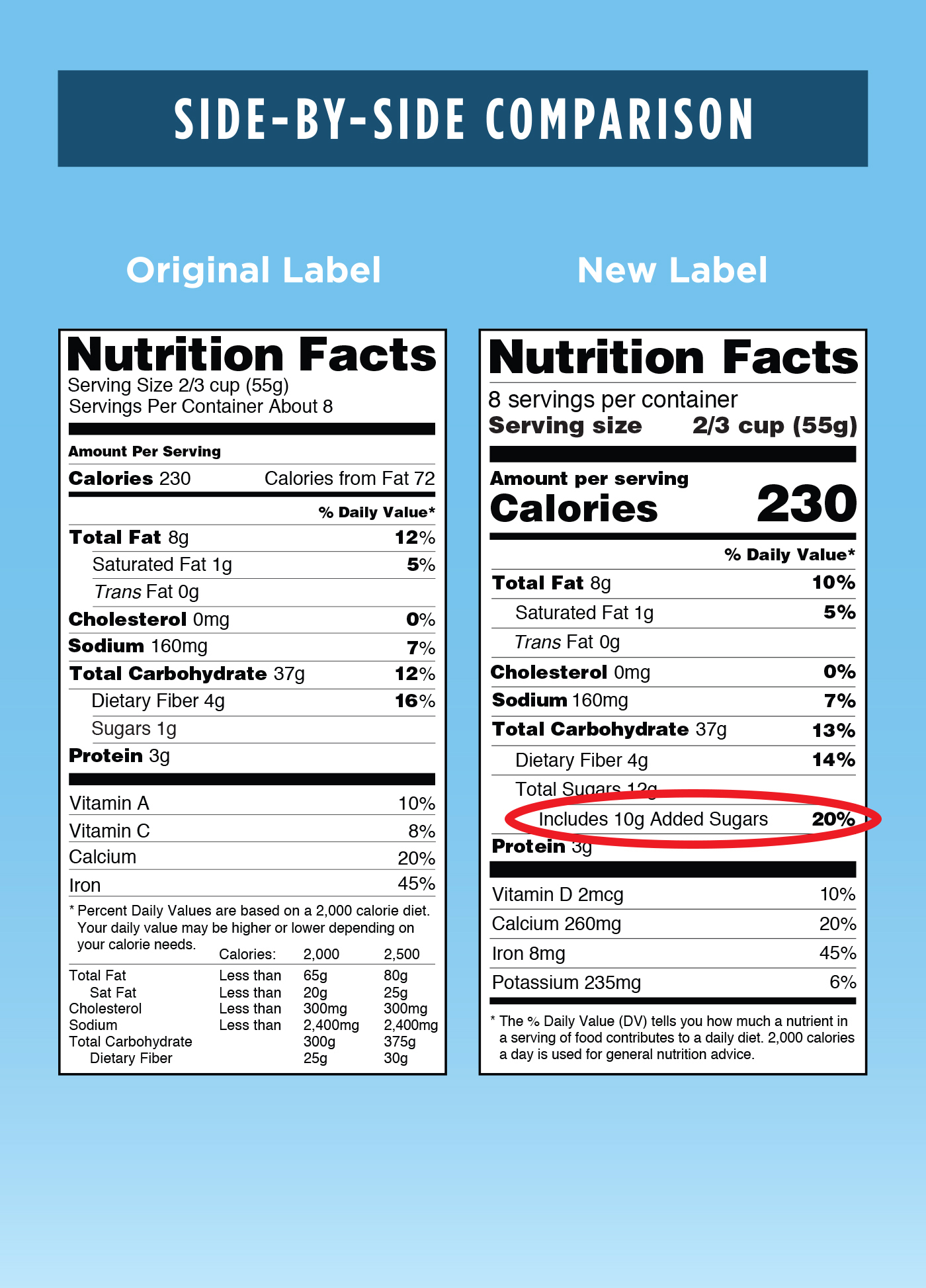


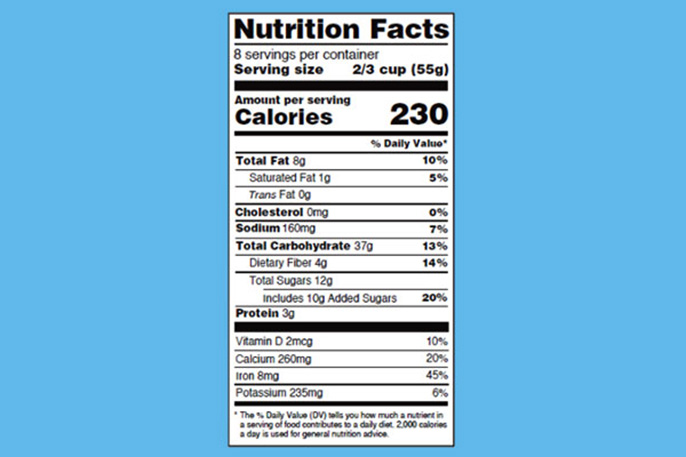
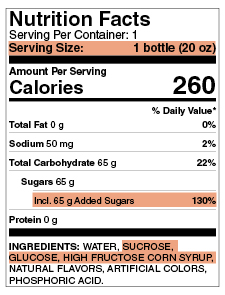
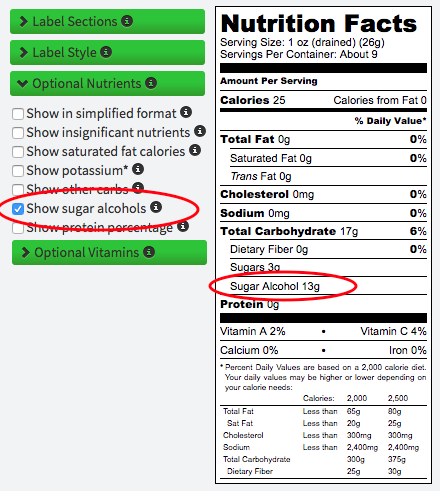

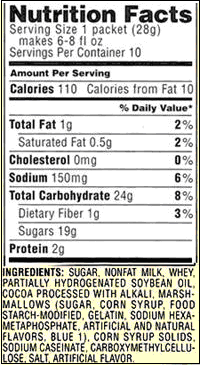





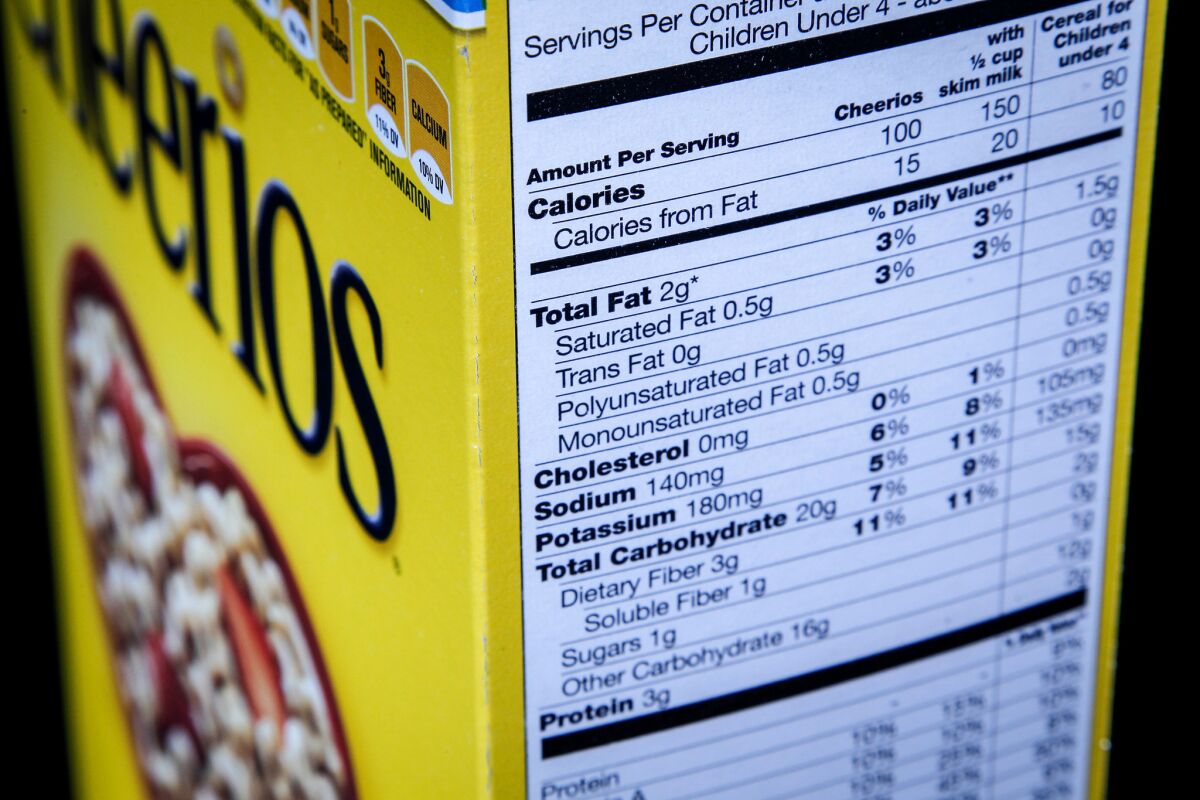



Post a Comment for "42 reading labels for sugar"